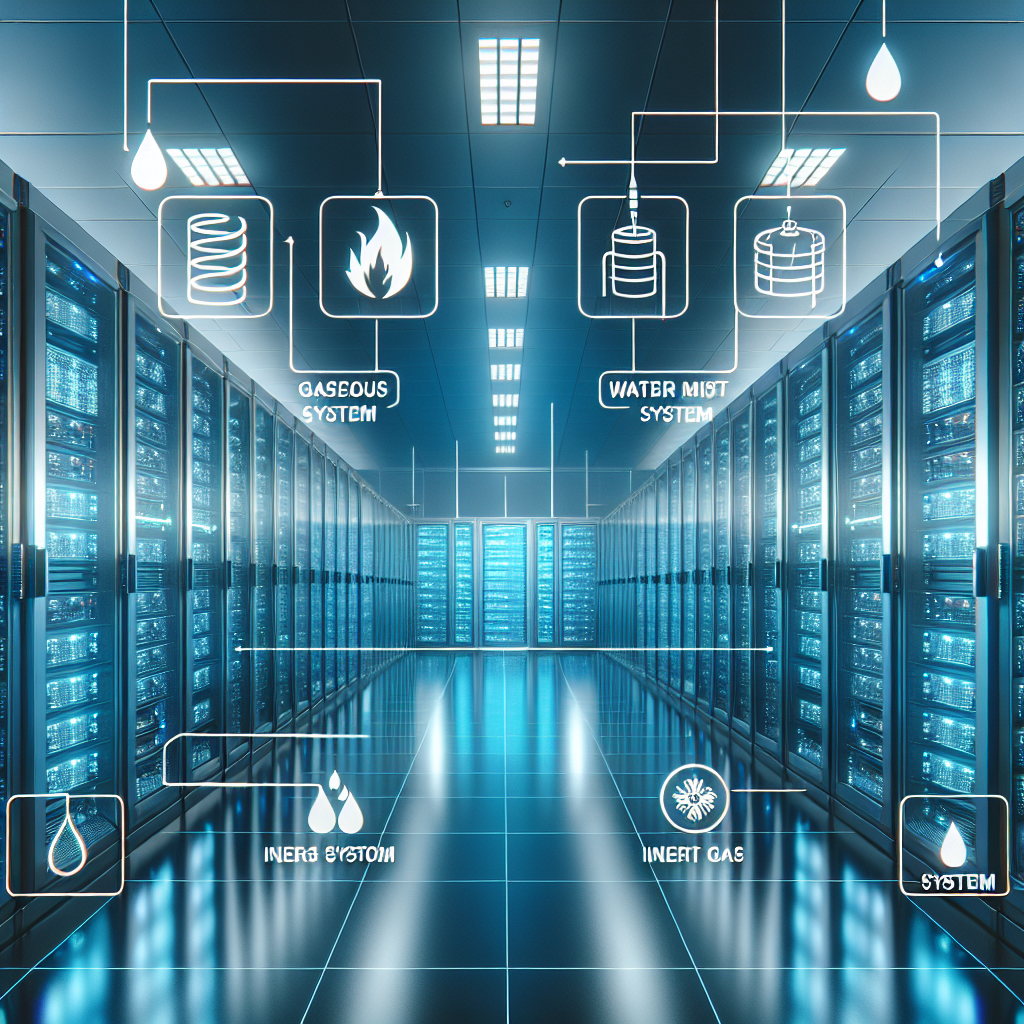Fix today. Protect forever.
Secure your devices with the #1 malware removal and protection software
Data centers are critical facilities that house and manage large amounts of data for various organizations. With the increasing reliance on data and technology, it is essential to ensure that data centers are protected from potential disasters such as fires. Fire suppression technologies play a crucial role in safeguarding data centers and preventing data loss and downtime.
There are several types of fire suppression technologies available for data centers, each with its own unique features and benefits. Understanding the different types of fire suppression technologies can help data center operators choose the most suitable solution for their specific needs.
1. Water-based fire suppression systems:
Water-based fire suppression systems are one of the most common types of fire suppression technologies used in data centers. These systems use water to extinguish fires by cooling the flames and removing heat from the fire. Water-based systems can be either sprinkler systems or deluge systems. Sprinkler systems release water in a specific area where a fire is detected, while deluge systems release water over a wide area to quickly suppress a fire.
2. Gas-based fire suppression systems:
Gas-based fire suppression systems use inert gases or chemical agents to extinguish fires in data centers. These systems are designed to quickly suppress fires without causing damage to sensitive equipment or data. Gas-based systems work by displacing oxygen in the air, effectively suffocating the fire. Popular gas-based fire suppression agents include FM-200, Novec 1230, and CO2.
3. Foam-based fire suppression systems:
Foam-based fire suppression systems are another type of fire suppression technology used in data centers. These systems use a mixture of water and foam concentrate to suppress fires by smothering the flames and preventing them from spreading. Foam-based systems are particularly effective for extinguishing flammable liquid fires and are commonly used in data centers where such hazards may be present.
4. Dry chemical fire suppression systems:
Dry chemical fire suppression systems are designed to extinguish fires by interrupting the chemical reaction of the fire. These systems use dry chemical agents such as potassium bicarbonate or sodium bicarbonate to suppress fires quickly and effectively. Dry chemical systems are suitable for combating Class A, B, and C fires, making them versatile options for data center fire protection.
5. Pre-action fire suppression systems:
Pre-action fire suppression systems are advanced fire suppression technologies that combine the features of water-based and gas-based systems. These systems use a two-step process to suppress fires, where water is held back in pipes until a fire is detected. Once a fire is detected, the water is released, followed by the discharge of a gas-based agent to extinguish the fire. Pre-action systems are ideal for data centers where water damage must be minimized.
In conclusion, understanding the different types of fire suppression technologies available for data centers is essential for ensuring the safety and protection of critical data and equipment. Data center operators should carefully evaluate their specific requirements and choose the most suitable fire suppression technology to safeguard their facilities effectively. By investing in the right fire suppression system, data centers can minimize the risk of fires and ensure business continuity in the event of a disaster.


Leave a Reply
You must be logged in to post a comment.